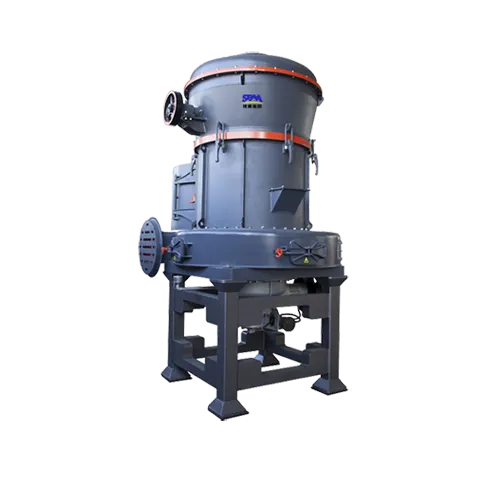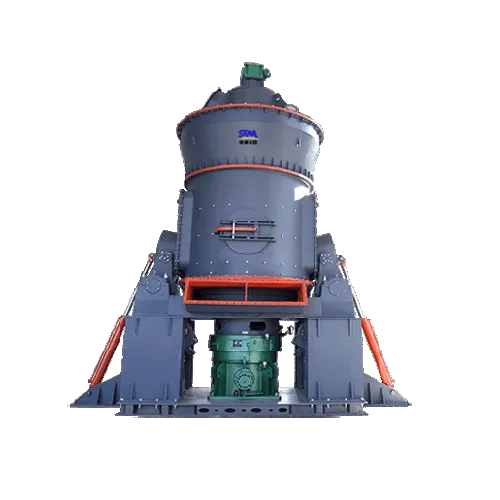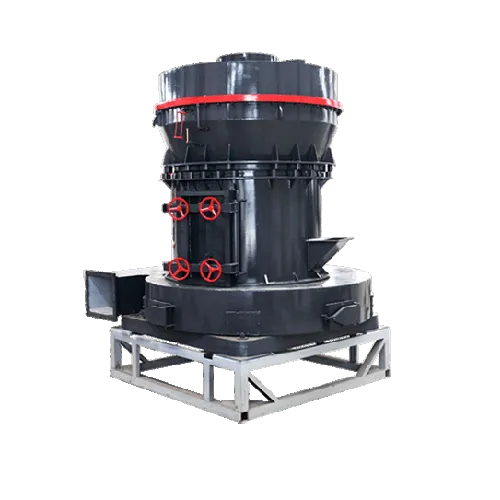Summary:The demand is strong, the high price of lithium carbonate is "ravaging", and lepidolite has become a hot spot.With the vigorous development of the new energy in
The demand is strong, the high price of lithium carbonate is "ravaging", and lepidolite has become a hot spot.
With the vigorous development of the new energy industry, the dependence on lithium resources is also increasing. Today, the price of lithium carbonate seems to be "running wild", and the supply and demand continue to be tight. In this context, lithium extraction from mica, which was once low in resource grade, difficult to mine, and high in cost, has been increasingly valued by the industry.
Leading manufacturers of lithium batteries are also planning to invest in the construction of new energy industry projects for lithium batteries. Lithium mica has attracted players from all walks of life. It is even predicted that the production of lithium extracted from mica will increase by 5 times within 4 years. However, prosperity comes with certain development challenges.
At present, the mica lithium extraction process generally includes acid method, alkali method, salt method, pressure cooking method and so on. No matter what kind of lithium extraction process will produce a large amount of solid lithium slag. In particular, lithium, potassium, rubidium, and cesium in lepidolite exist in the form of fluoroaluminosilicate. The mineral structure is dense and the chemical activity is poor. It is difficult to react with acid and alkali at normal temperature and pressure. At present, valuable elements such as potassium, lithium, rubidium and cesium in lepidolite are effectively extracted by the salt pressure cooking process in some lepidolite mines. However, a certain amount of sodium salt and alkali remains, and open-air stacking and landfilling will threaten the safety of the surrounding environment and groundwater resources.
Judging from the current mica lithium extraction method, 150-200 tons of raw ore can produce 1 ton of lithium carbonate (the difference comes from different grades of lithium-containing grades). If the planned output of lithium carbonate is 500,000 tons, it is expected to produce more than 1,000 tons of lithium carbonate. Thousands of tons of waste. What is the solution to the huge amount of slag problem?
At present, the research on the comprehensive utilization of lithium slag mainly focuses on the direct application to building materials such as concrete, cement mortar and cement, and the preparation of ceramics and building ceramsite, molecular sieves, etc.
Lepidolite Lithium Slag Concrete
Studies have shown that the pH value and physical properties of concrete prepared with lithium slag as admixtures are similar to those of concrete prepared with ordinary sand. The impact of lithium slag on concrete performance is concentrated in workability, mechanical properties, carbonation resistance, wear resistance, chlorine resistance Ion penetration and crack resistance, etc. Lithium slag is used as concrete admixture in addition to microgradation filling, and the active ingredients SiO2 and Al2O3 contained in it can react with cement hydration product Ca(OH)2 to produce a weak pozzolanic reaction to form a gelling substance with a certain strength-hydration Calcium silicate refines the gel pores of concrete, which can improve the strength of concrete to a certain extent. At the same time, fine particles of lithium slag are filled in the pores of the concrete to form a dense network structure, which improves the workability of the mortar, improves the microstructure of the concrete, and makes the internal structure of the concrete more compact, which helps to improve the concrete. mechanical properties.
Production Of Cement From Lepidolite Lithium Slag
The content of SiO2 and Al2O3 in lepidolite lithium slag is similar to the clay raw material for firing Portland cement clinker, and lithium slag can be used instead of clay to fire cement clinker. Jiangte Motor once said that the waste residue after lithium extraction from lepidolite is mainly supplied to customers such as cement plants.
Preparation Of Building Ceramsite With Lithium Slag Of Lepidolite
The content of CaO, MgO, Na2O and K2O in lepidolite lithium slag is up to 15%, which can be used as flux oxide in the sintering process, which not only reduces the sintering temperature, but also reduces the high-temperature liquid phase viscosity.
Lepidolite Lithium Slag As Raw Material For Ceramic Production
The main components of lepidolite lithium slag are SiO2 and Al2O3, which are close to the composition of silicate minerals required for ceramic production; however, the contents of Fe2O3 and TiO2 in lithium lithium slag extracted from table salt by pressure cooking are 0.48% and 3.46%, respectively, which will affect ceramic products. whiteness.
Preparation of Molecular Sieves from Lepidolite Lithium Slag
Molecular sieve is a silicate or aluminosilicate crystal material, which has the characteristics of high specific surface area, regular pore structure, good hydrothermal stability and selectivity. The main components of lithium slag are SiO2 and Al2O3, and the content of other metal oxides is low. After proper treatment, it can meet the requirements of synthetic NaX molecular sieve.
In addition to the comprehensive utilization of lithium slag, the industry is also adding to the lithium extraction process. For example, external field strengthening methods such as microwave, ultrasonic and mechanical activation are used to improve the existing process conditions, simplify the process flow, increase the lithium extraction rate, and synergistically extract valuable metals K, Rb, and Cs in lepidolite, so as to improve the environmental protection and environmental protection of the process. economic benefits.
In summary, the research on lepidolite lithium slag is not simply to copy the existing industrial solid waste utilization technology, but also has some existing and potential problems, such as the problem of blooming and efflorescent products. Moreover, building materials factories and ceramic factories can consume part of the slag produced by extracting lithium from lepidolite, but this is only a drop in the bucket for lithium extraction companies, and the actual waste generated is far greater than the downstream demand. In the next few years, with the production of mica lithium extraction capacity, the problems caused by slag will become more obvious.
Lithium extraction from lepidolite, blueprint and problems, worth pondering
Read More About



